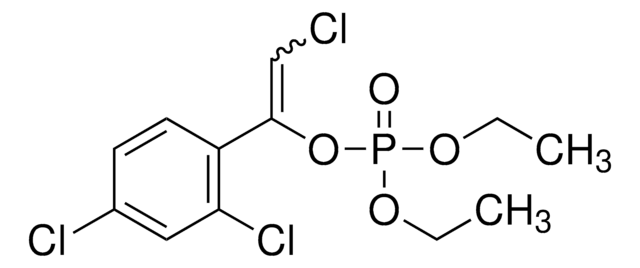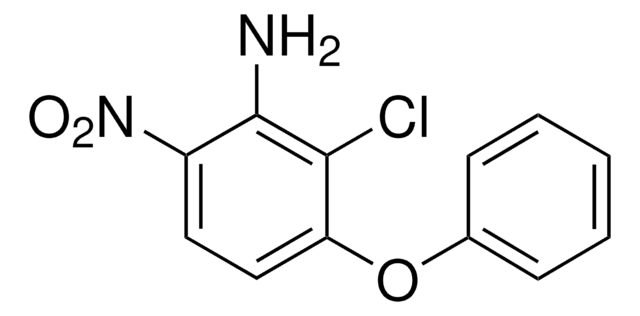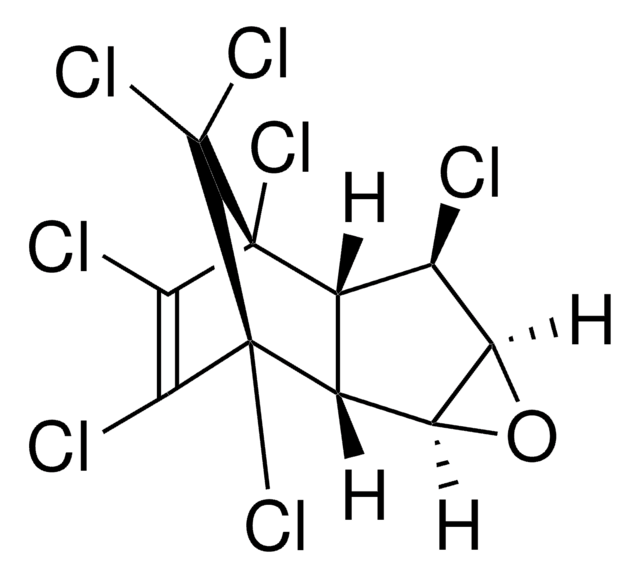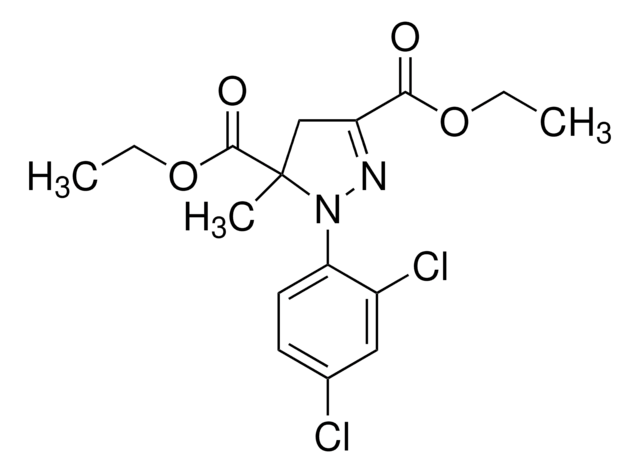Kluczowe dokumenty
45333
Azinphos-methyl
PESTANAL®, analytical standard
Synonim(y):
Guthion®, Methyltriazotin
Wybierz wielkość
323,00 zł
Wybierz wielkość
About This Item
323,00 zł
Polecane produkty
klasa czystości
analytical standard
Poziom jakości
linia produktu
PESTANAL®
okres trwałości
limited shelf life, expiry date on the label
metody
HPLC: suitable
gas chromatography (GC): suitable
Zastosowanie
agriculture
environmental
Format
neat
temp. przechowywania
2-8°C
ciąg SMILES
COP(=S)(OC)SCN1N=Nc2ccccc2C1=O
InChI
1S/C10H12N3O3PS2/c1-15-17(18,16-2)19-7-13-10(14)8-5-3-4-6-9(8)11-12-13/h3-6H,7H2,1-2H3
Klucz InChI
CJJOSEISRRTUQB-UHFFFAOYSA-N
Szukasz podobnych produktów? Odwiedź Przewodnik dotyczący porównywania produktów
Powiązane kategorie
Zastosowanie
Informacje prawne
Hasło ostrzegawcze
Danger
Zwroty wskazujące rodzaj zagrożenia
Zwroty wskazujące środki ostrożności
Klasyfikacja zagrożeń
Acute Tox. 1 Inhalation - Acute Tox. 2 Oral - Acute Tox. 3 Dermal - Aquatic Acute 1 - Aquatic Chronic 1 - Skin Sens. 1
Kod klasy składowania
6.1A - Combustible, acute toxic Cat. 1 and 2 / very toxic hazardous materials
Klasa zagrożenia wodnego (WGK)
WGK 3
Temperatura zapłonu (°F)
Not applicable
Temperatura zapłonu (°C)
Not applicable
Środki ochrony indywidualnej
dust mask type N95 (US), Eyeshields, Faceshields, Gloves, type P2 (EN 143) respirator cartridges
Wybierz jedną z najnowszych wersji:
Masz już ten produkt?
Dokumenty związane z niedawno zakupionymi produktami zostały zamieszczone w Bibliotece dokumentów.
Klienci oglądali również te produkty
Protokoły
Test your food for fipronil contamination using our analytical standards, certified reference materials, solvents, and columns for analysis.
Active Filters
Nasz zespół naukowców ma doświadczenie we wszystkich obszarach badań, w tym w naukach przyrodniczych, materiałoznawstwie, syntezie chemicznej, chromatografii, analityce i wielu innych dziedzinach.
Skontaktuj się z zespołem ds. pomocy technicznej
















